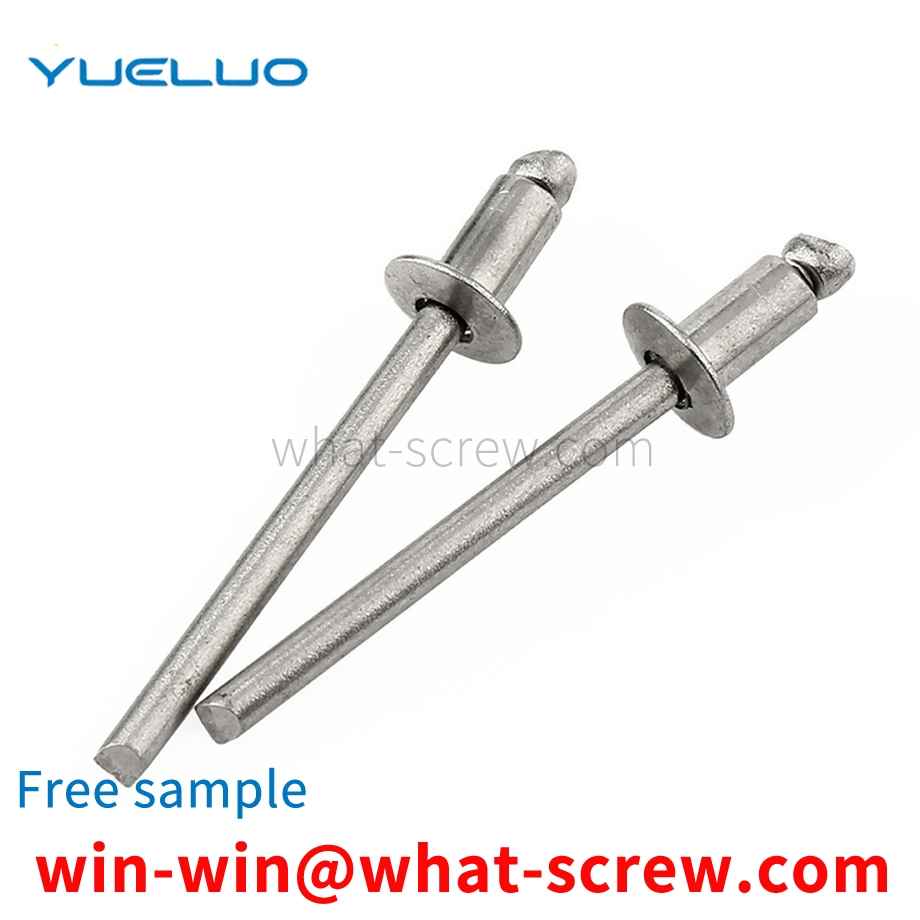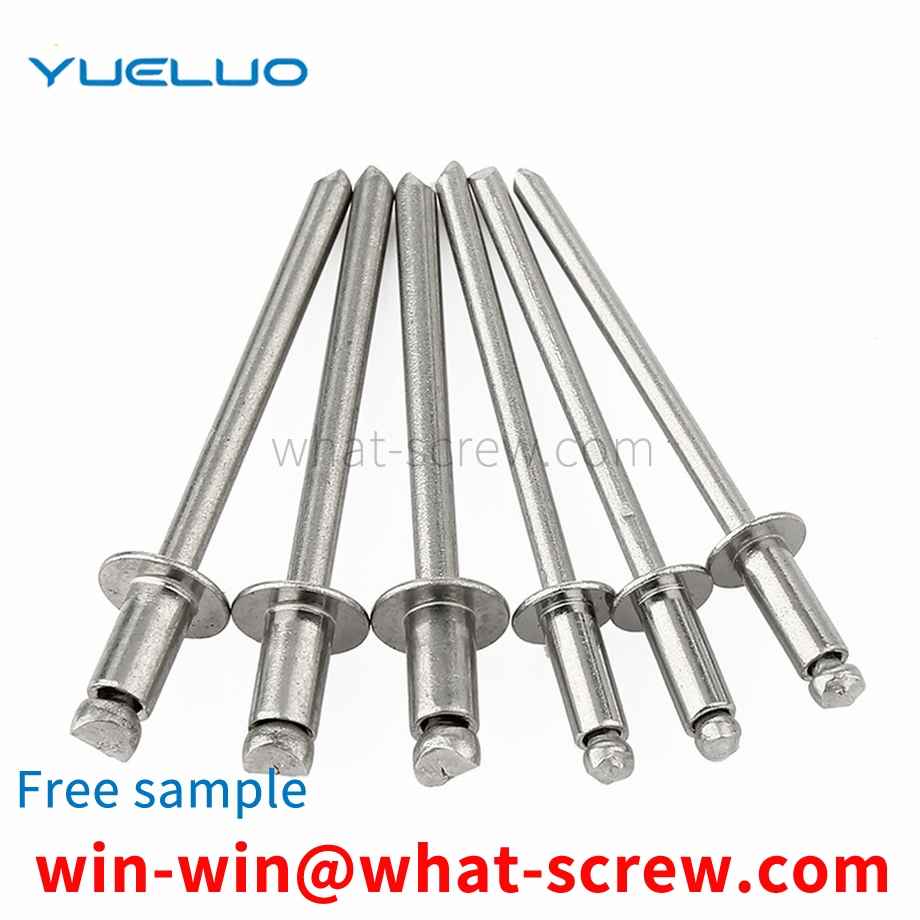In the field of mechanical design, there are a large number of connector connection structures that need to be fastened and positioned. As shown in Figure 1, the more common positioning and fastening connection methods at present are that pins 5 and fasteners are used for positioning and fastening, respectively. That is, cylindrical pins or taper pins are used for positioning, and fasteners such as screws or double-ended studs are used for fastening.
At present, when using the existing screwdriver to install the screw, it is necessary to fix the screw with the left hand and turn the screwdriver with the right hand. However, in some places where the installation space is small and the installation is difficult, there are many areas that cannot be accessed by hands, and the installation is very difficult. For example, on an airplane, when installing with a common screwdriver, it is very difficult to install the screws and the installation efficiency is low because the screws cannot be positioned; in addition, when installing screws on the aircraft wing or fuselage, the combination between the screwdriver and the screw is easy to slip, The blade of the screwdriver slipped out and could easily bruise the hand and damage the aluminum skin of the aircraft.
Cylindrical pins are widely used, and they are usually provided with matching pin holes. For the tails of cylindrical pins exposed outside the pin holes, they usually do not have a guiding function, which cannot meet the needs of quick installation of workpieces.
The traditional fixture shown in Figure 2 is composed of a hardened support cylinder and a hardened shear bar, and has a simple structure. The cylindrical pin is loaded into the hardened support cylinder, and the shear test is completed by applying an axial load to the hardened shear bar. Since the standard stipulates that the gap between the loading part and the supporting part does not exceed 0.15mm, in order to ensure the matching of the gap during the shear test of the cylindrical pin, the diameter of the cylindrical pin on the cylinder is generally equal to the theoretical cylindrical pin. In practical application, the cylindrical pin is irregular in size after heat treatment. To realize the shear test, the cylindrical pin must be inserted into the hole with the help of external force, which is difficult to install and clamp and takes a long time. If the double-sided shearing is performed, that is If the cylindrical pins need to be installed on both sides, the time is doubled, and the notch of the cylindrical pins cannot be guaranteed to face upwards.
Many standoffs are used in sheet metal and aluminum profile processing. However, the existing pressure riveting nut column generally adopts a clearance fit between the pressure riveting and the pressed plate, which has no effect on the general pressure riveting, but it has high surface quality requirements for aluminum profiles, especially Painting aluminum profiles will have a certain impact. First, because the bottom holes of pressure riveting on aluminum profiles are generally processed on ordinary punching machines, a tapered hole with a horn will be generated, which will further increase the gap between the pressure riveting nut columns. Make the mutual tightening force smaller, causing some aluminum profile components to loosen the riveting nut when installing screws, resulting in unqualified surface quality. Therefore, we urgently need a way to reduce the matching gap with the bottom hole of the aluminum profile pressure riveting. The pressure riveting standoff is used to increase the wrapping force between the pressure riveting standoff and the aluminum profile hole.
We have many years of experience in the production and sales of screws, nuts, flat washers, etc. The main products are: computer copper column, hexagonal non-slip nut with pad, GB810 small round nut, American hexagonal nut and other products, we can provide you with suitable screws for you. Firmware Solutions.



















 Service Hotline
Service Hotline




